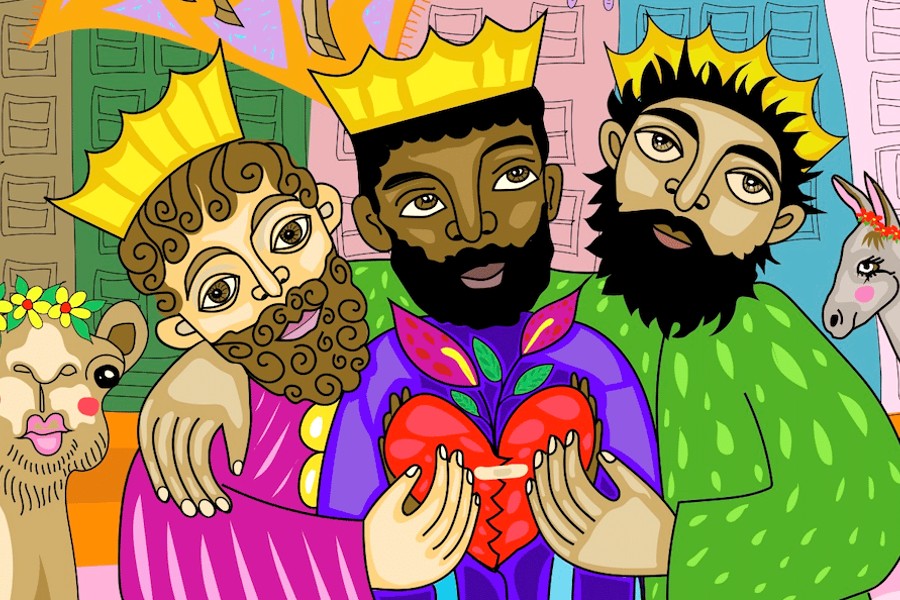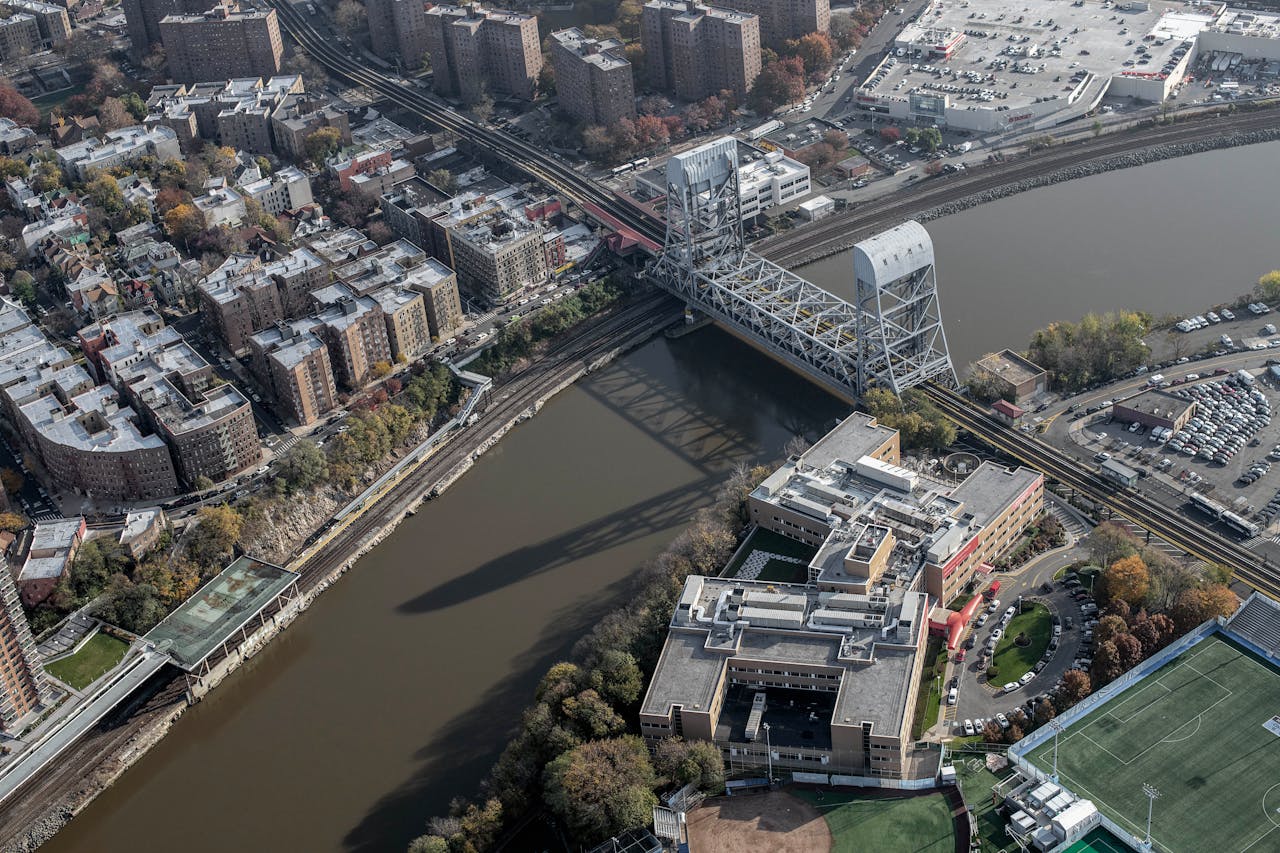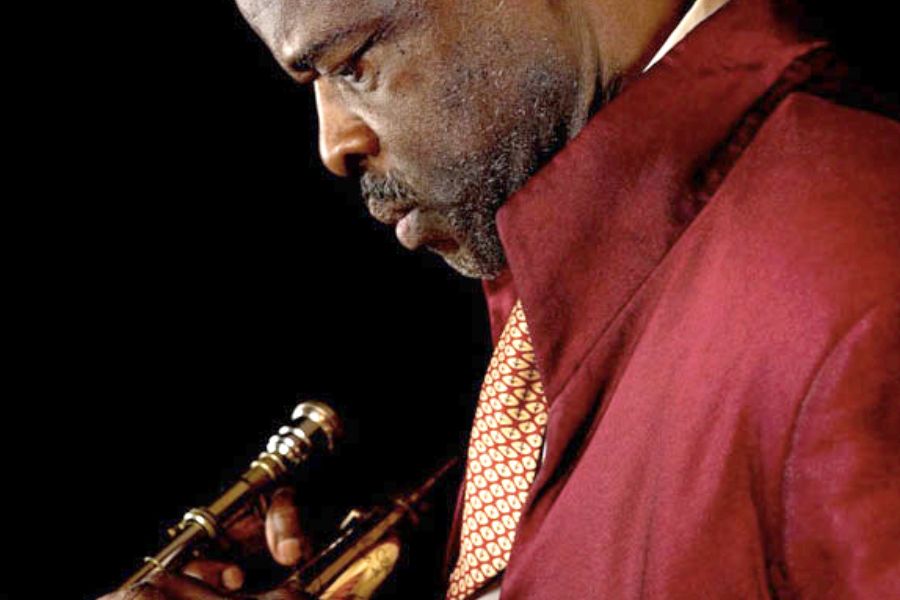A postcard looking east from 1905 shows horse-drawn carriages, trolley cars and the front entrance (to the right) of the Pabst’s Harlem Restaurant And Dance Hall (Pabst Harlem) at 256-258 West 125th Street erected in Harlem, New York in 1900.
Captain Frederick Pabst founder of the Pabst Brewing Company, had a goal of opening venues as part of a nationwide program for promoting its beer. German-American Otto Strack, designed Times Square that opened in 1899, the Pabst’s Harlem Restaurant and Dance Hall in 1900, and the old Pabst Grand Circle Hotel in 1914. In true Harlem style the Pabst Harlem was marketed as the “Largest Family Resort in America” and oldest eatery in Harlem in a new era and a new century.
Never miss new stories in Harlem
Having outlived Harlem’s oldest eatery the West End at the time, the Pabst Harlem was popular for the German establishment and the ‘fashionably rich’ in Harlem. It was a ‘Lobster Palace’ of the type popular with Diamond Jim Brady and Lillian Russell and made more familiar to the past generation by the movie Hello, Dolly. Pabst got a daily supply of seafood by train from Maine. To grow the crowds Pabst was one of the first to bring cabaret entertainment to Harlem which was marketed as being “..comparable to Broadway.”
In the photo above apparently a grand Christmas tree was installed in the center of the restaurant that stands tall enough to reach the four-story ceiling. Pabst Harlem had an incredible interior for its seated fourteen hundred guests that encased in a large arching dome, glass skylights that were “resplendent with frescoes, paintings, marble columns, colored lights, and exquisite table appointments…”. Captain Fred hired famous New York stage actors to walk into the Pabst Harlem, order a beer, and say in a loud voice, “I am drinking to the health of Milwaukee’s greatest beer brewer, Captain Fred Pabst.”
In these photographs (above and below) the Christmas tree was replaced with enormous potted palm trees that reached from the ground floor to the second floor, with two additional plants added under each archway on the second tier and a huge painting centered above the entrance below.
In 1912 the Pittsburgh Gazzette Times reported that:
…waiters from the Pabst’s Harlem Restaurant went on strike for being paid $10 a day…more than 3,000 African-American workers from points south waited in the wings to replace the waiters.
The Pabst Harlem was forced to close in 1919, due to the Prohibition and reopened to become a Kress “five and dime” store in 1917. It was here the Harlem Riot of 1935 started and the store ended.
The store closed in 1935.
Photo credit: 1) Harlembespoke.com. Click on images for other references.
Become a Harlem Insider!
From history to today’s headlines—everything Harlem, in your inbox.














